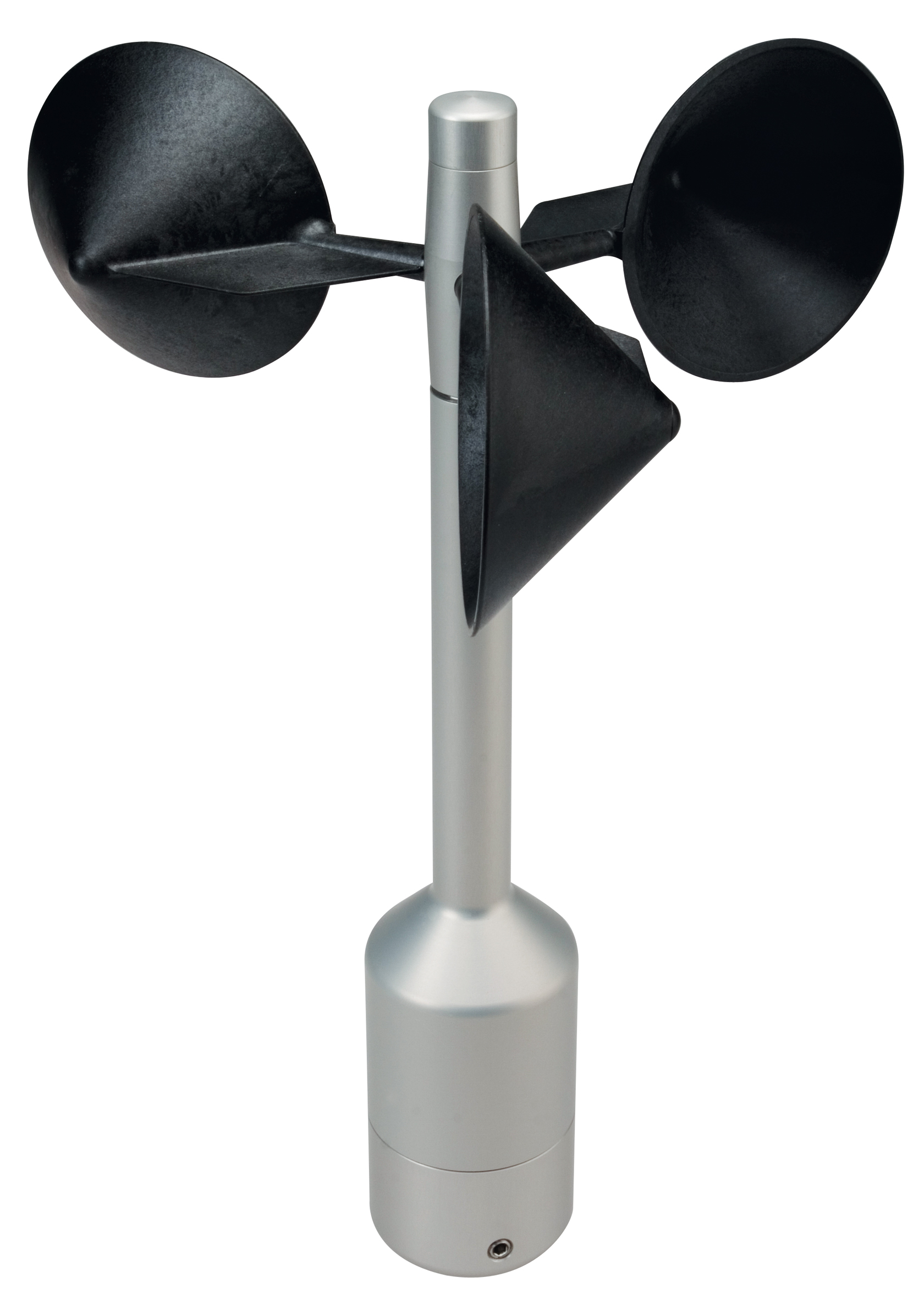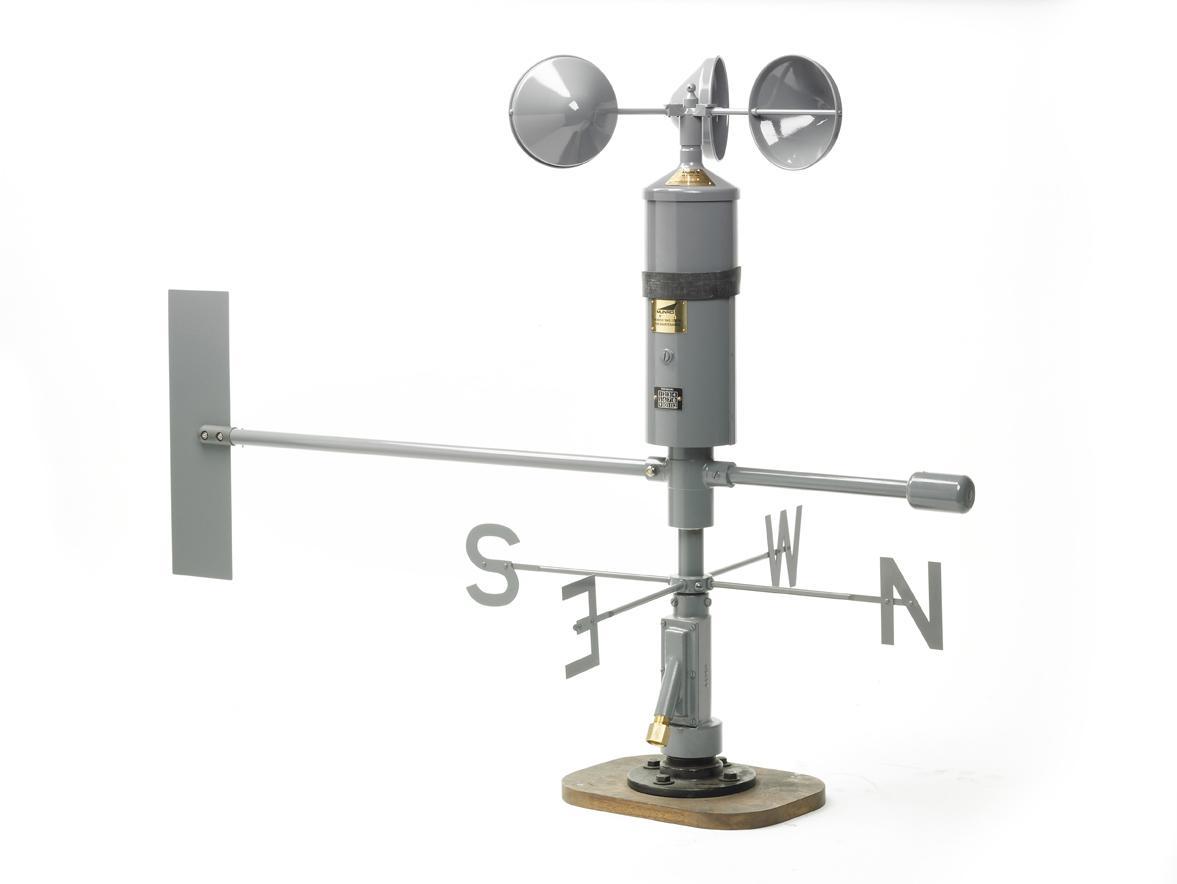Why an Anemometer is Crucial for Your Environmental Data Collection
Why an Anemometer is Crucial for Your Environmental Data Collection
Blog Article
All You Required to Learn About Anemometers: Just How They Work, Why They Matter, and Where to Make use of Them
Anemometers, though typically forgotten in the realm of scientific instruments, play a critical function in numerous fields, offering beneficial insights right into wind rate and air flow patterns. As we delve right into the complexities of anemometer technology, we will uncover the internal workings of these gadgets, their value, and the essential considerations when picking the right anemometer for certain applications.

Anemometer Fundamentals
A necessary instrument made use of to determine wind speed and direction, the anemometer plays an essential duty in weather forecasting and various industries. An anemometer usually includes three or 4 cups that turn in the wind, a vane that aims into the wind, and sensing units to track the activities or rotations. By computing the rotations or activities over a specific time duration, the anemometer can establish wind speed. The vane aids determine wind instructions by pointing right into the wind, giving important data for climate forecasting, aeronautics, maritime operations, ecological surveillance, and wind energy applications.
There are different types of anemometers readily available, including cup anemometers, vane anemometers, hot-wire anemometers, and sonic anemometers, each with its unique features and applications. Cup anemometers are typically made use of for fundamental wind rate dimensions, while vane anemometers are liked for directional measurements.
Principles of Anemometer Operation
Building on the foundational understanding of anemometer basics, the principles of anemometer procedure elucidate the technicians behind wind speed and direction measurements. Mug anemometers, for instance, have 3 or even more mugs that capture the wind, causing them to rotate faster as the wind speed rises. Hot-wire anemometers rely on a heated cable that cools down as wind passes over it, with the rate of cooling down identifying the wind rate.
Importance of Anemometers
Anemometers play a crucial duty in determining wind speed and direction, supplying essential data for climate projecting, environment researches, environmental surveillance, and aviation procedures. Meteorologists depend on anemometers to gather precise wind data, helping them understand weather patterns, forecast tornados, and issue timely cautions to the public. Wind ranch drivers use anemometers to examine wind conditions and optimize power production from wind turbines.
Applications Across Numerous Industries
Applications of anemometers extend across varied industries, showcasing their versatility and utility past meteorology. In the renewable resource field, anemometers play an important duty in assessing wind conditions for wind ranch placements, guaranteeing ideal power manufacturing. Industries like building and construction and mining use anemometers continue reading this to keep an eye on wind rates, critical for safety methods, specifically when operating at heights or in open-pit mines where solid winds can present risks. Anemometers are additionally integral in the aeronautics sector, assisting pilots in comprehending airspeed and wind instructions for secure liftoffs and touchdowns. The maritime market gain from anemometers for ship navigating, assisting sailors anticipate climate modifications and readjust routes accordingly. In farming, anemometers aid farmers in taking care of plant splashing by offering real-time information on wind speed to prevent drift. Anemometers locate applications in HVAC systems to optimize airflow and boost energy effectiveness in structures. The diverse use situations of anemometers emphasize their significance across numerous markets, highlighting their essential role in enhancing operational safety and effectiveness (anemometer).

Choosing the Right Anemometer for Your Needs
Selecting the appropriate anemometer tailored to your details needs is necessary for acquiring precise wind rate and instructions dimensions. When selecting an anemometer, consider elements such as the designated application, called for dimension array, ecological conditions, and preferred attributes. For general functions, a mug anemometer is suitable for determining wind rate, while a vane anemometer offers wind instructions information. Hot-wire anemometers are ideal for reduced airspeed dimensions, and ultrasonic anemometers offer high visit site precision and durability.

Verdict
In conclusion, anemometers play an essential role in determining wind rate and instructions throughout numerous sectors. Understanding the concepts of anemometer procedure is crucial for picking the right gadget for specific needs. From meteorology to aeronautics, anemometers are important devices for gathering accurate information and making sure safety in different applications. It is necessary to consider the importance of anemometers in order to make educated choices when picking the most suitable gadget for determining wind conditions.
There are various kinds of anemometers available, consisting of cup anemometers, vane anemometers, hot-wire anemometers, and sonic anemometers, each with its distinct functions and applications. Cup anemometers are frequently made use of for basic go to this web-site wind rate dimensions, while vane anemometers are favored for directional dimensions. Hot-wire anemometers are ideal for low airspeeds, and sonic anemometers are suitable for high-precision measurements in research study and industrial settings.Building on the fundamental understanding of anemometer basics, the concepts of anemometer procedure elucidate the mechanics behind wind rate and direction measurements. For general purposes, a mug anemometer is ideal for gauging wind speed, while a vane anemometer provides wind instructions information.
Report this page